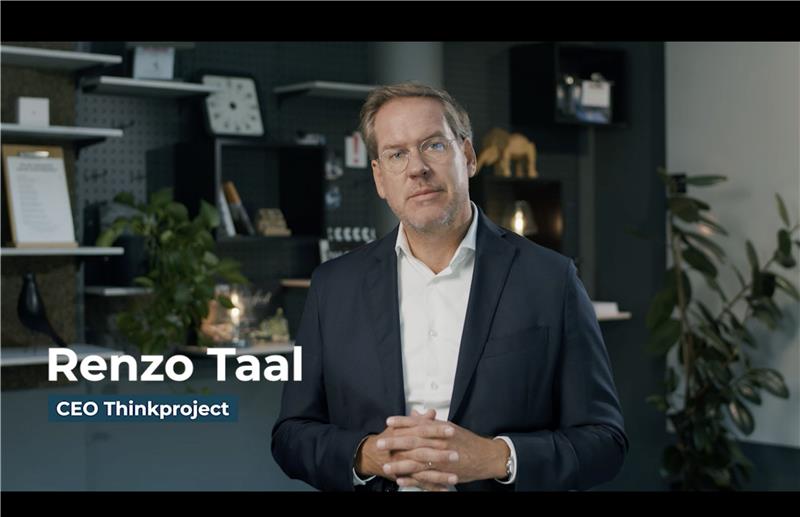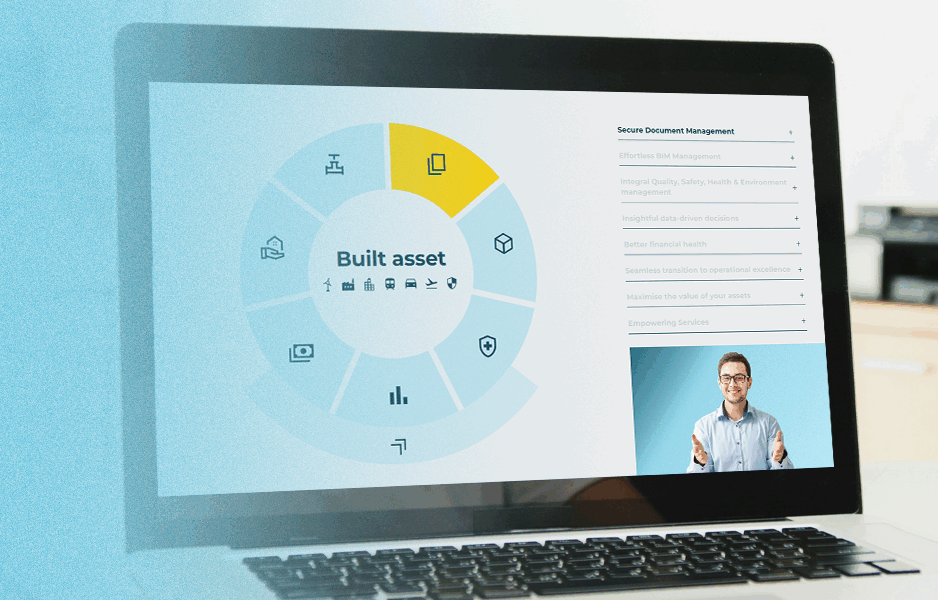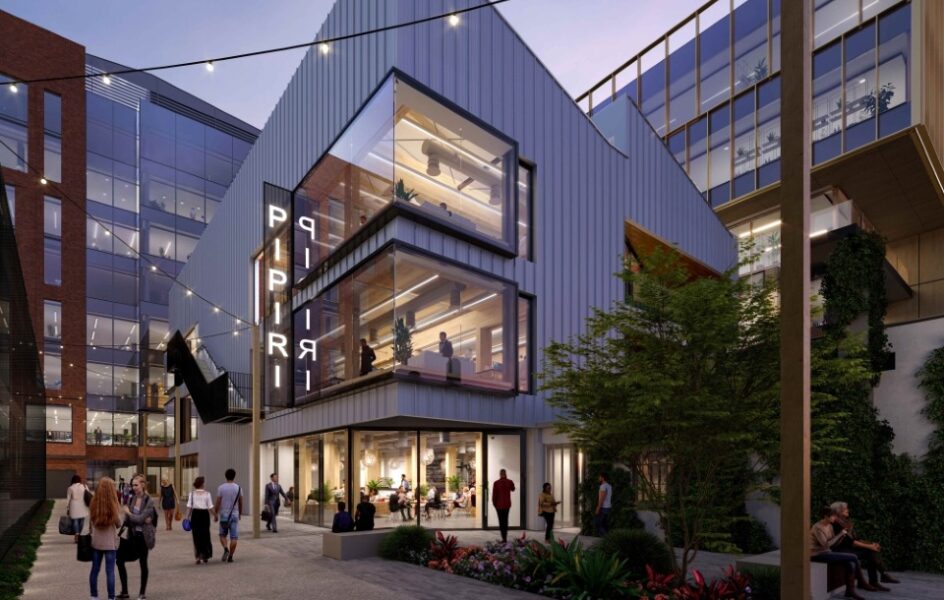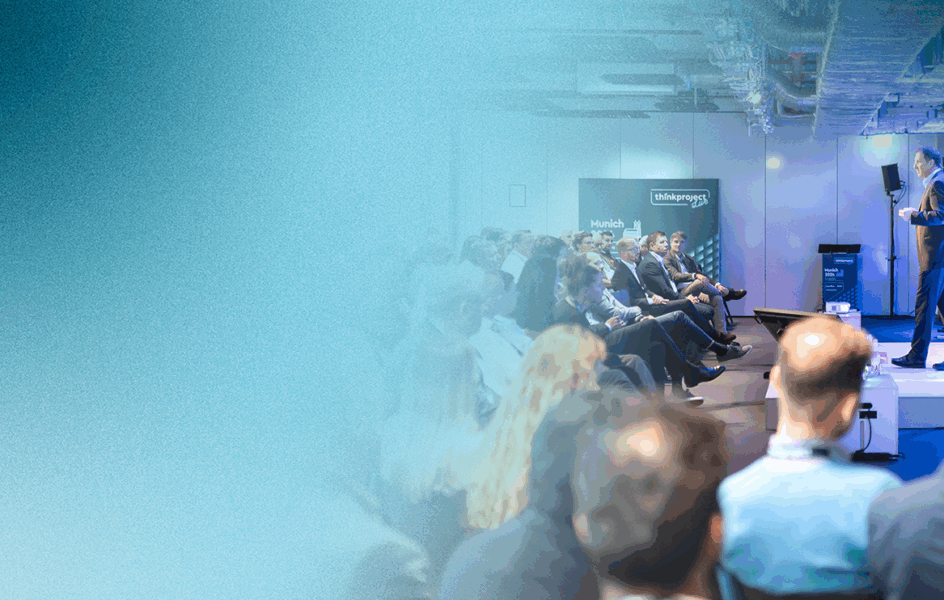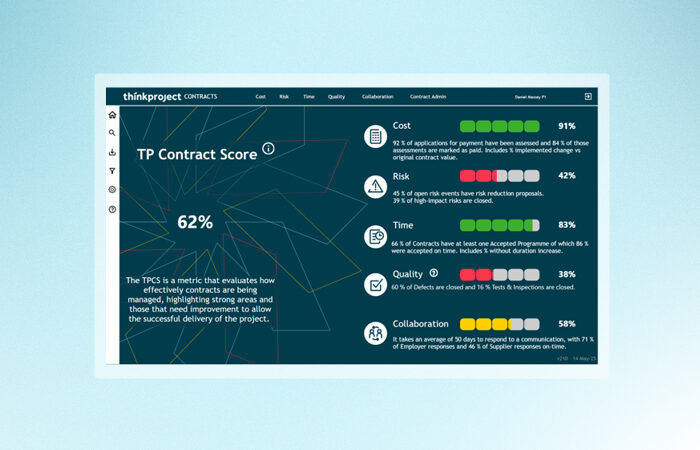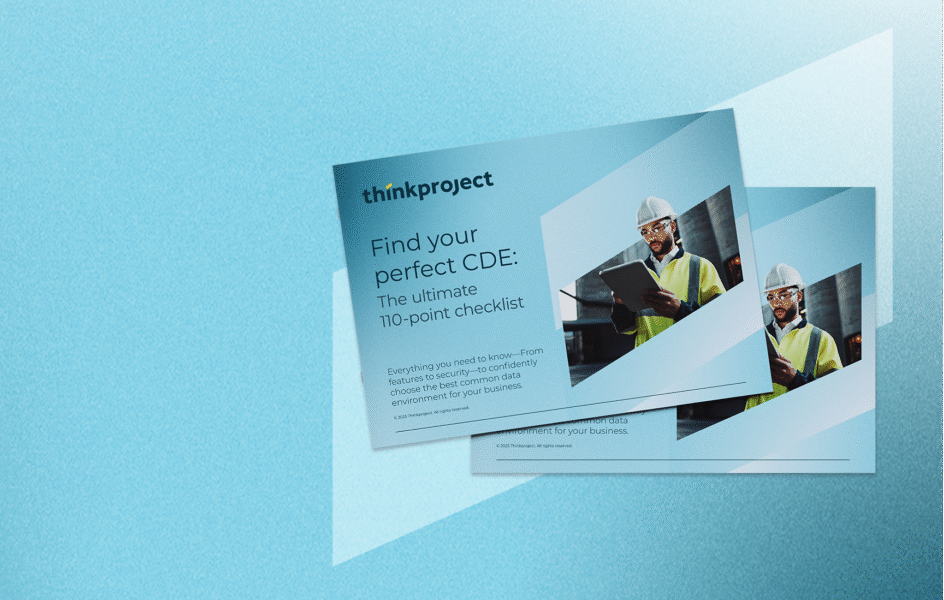
AI in Construction: Transforming the Built Asset Lifecycle
Last year, we delivered the world’s first Built Asset Lifecycle Platform. Together with leading asset owners and contractors, we’ve connected data ecosystems across planning, construction, handover, and operations.
Now, in 2025, the next big wave is here: AI in construction.
Everywhere leaders ask about it. AI is on every agenda. And it’s clear why: AI brings additional workforce capacity through digital agents, new contextual insights from governed data, faster project cycles, fewer errors, and a step-change in operational productivity.
The question is no longer if AI will transform construction, but how.
Why AI in construction matters now
The construction industry faces enduring challenges: low productivity growth, skills shortages, safety risks, and rising sustainability pressures.
AI can address these challenges head-on by:
- Boosting efficiency: predicting risks, reducing rework, and keeping projects on time and budget.
- Freeing workforce capacity: automating repetitive tasks so skilled teams focus on higher-value work.
- Improving safety: using data and monitoring to spot hazards before incidents occur.
- Advancing sustainability optimising resources, cutting waste, and enabling transparent ESG reporting.
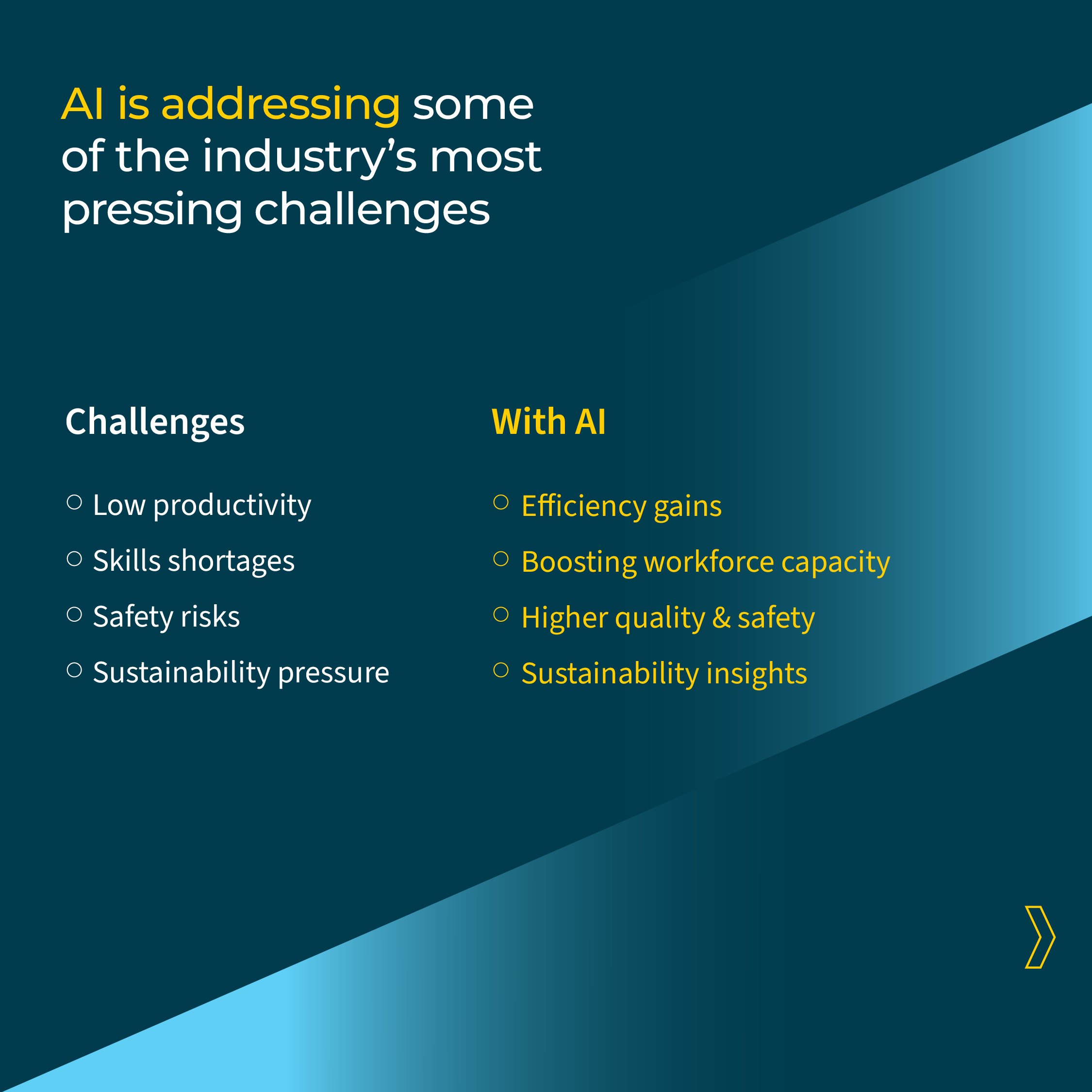
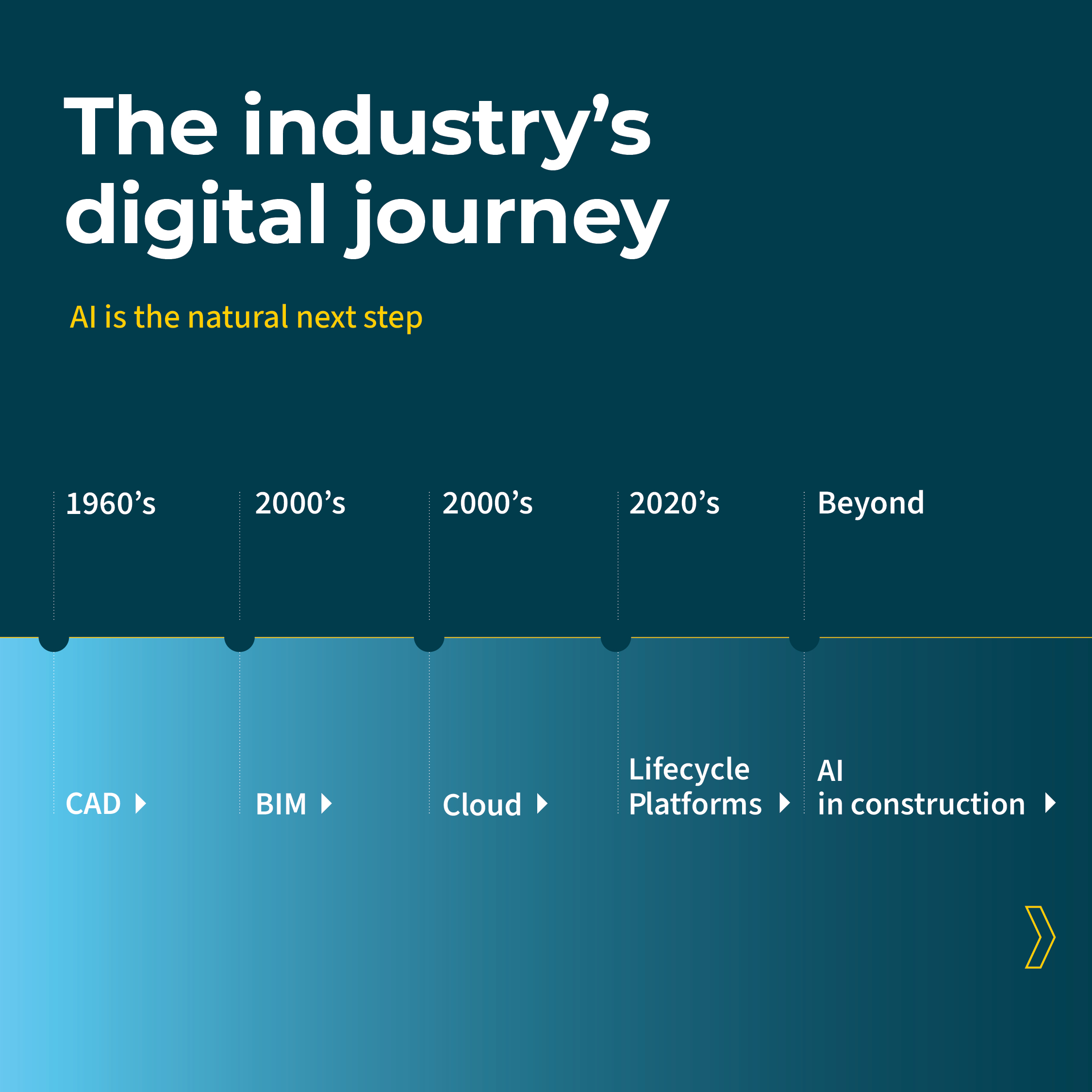
From CAD to connected platforms: The evolution of construction software
The construction industry has been on a steady journey of digitalisation, each decade bringing transformative technologies that redefined how projects are designed, delivered, and operated:
- 1980s–1990s: Computer-Aided Design (CAD) replaced hand-drawn blueprints, introducing digital workflows that improved precision and efficiency.
- 2000s: Building Information Modelling (BIM) extended this digital foundation, bringing collaboration into intelligent 3D environments and enabling stakeholders to coordinate more effectively.
- 2010s: Cloud-based solutions and mobile applications accelerated the pace of communication, making real-time document sharing and decision-making possible directly on the job site.
- 2020s: Lifecycle platforms like the Thinkproject Built Asset Lifecycle Platform unified planning, construction, handover, and operations into a single connected data ecosystem, breaking down silos, ensuring compliance, and giving owners, contractors, and operators access to the right information at the right time.
Each phase has solved critical industry challenges, but also created more data. AI in construction is the natural next step, converting data into actionable insights, automation, and measurable productivity gains across the entire lifecycle.
Real-world use cases of AI in construction
AI in construction is no longer a vision of the future—it is already here, transforming everyday processes across the asset lifecycle. What was once experimental is now becoming standard practice, with clear benefits for efficiency, safety, and sustainability. Here are some use cases that are becoming more accessible through AI:
AI search and answers
AI can process huge volumes of documents, drawings, and models, allowing teams to ask plain language questions and instantly retrieve accurate, cited information. Instead of spending hours searching through files, project managers can quickly access the exact detail they need — accelerating decisions and reducing wasted time.
Predictive insights and early warnings
By analysing historical project data, schedules, and asset performance, AI can spot patterns that indicate risks such as delays or cost overruns before they materialise. This means project teams can act weeks earlier than before, preventing costly disruptions and keeping projects on track.
Document and contract intelligence
AI can summarize large technical documents, compare clauses in contracts, and highlight compliance issues. Reviews that once took days can now be completed in a fraction of the time, reducing administrative overhead while also minimising the likelihood of errors, disputes, and claims.
BIM and model intelligence
Checking BIM models for compliance and clashes has traditionally been manual and time-consuming. AI can now validate models against standards, automatically flag issues, and even explain them in natural language. It can also extract quantities and link model objects to asset registers, ensuring a connected digital twin. This saves hundreds of hours of manual work while improving accuracy and audit readiness.
Automated handover
One of the most time-intensive phases of construction is project handover. AI can link thousands of documents to their corresponding assets, creating a complete and accurate digital record for operations and maintenance. What once took months of manual collation can now be done in weeks.
Object detection in drawings
AI can analyse 2D plans to identify spaces, dimensions, and asset tags, then auto-populate this information into asset registers. This accelerates the creation of digital asset records, enabling facilities and operations teams to start with complete and accurate data from day one.
Contract change automation
Changes to an asset during construction or operations often require corresponding changes to service contracts. AI can detect these changes and automatically update linked contracts, ensuring obligations remain aligned with the real state of the asset. This reduces disputes, avoids redundant costs, and ensures compliance with minimal manual intervention.
Safety and quality monitoring
AI can process site photos to automatically generate issues or punch list items, while tagging and classifying observations for easier follow-up. By highlighting duplicates or overdue actions, it shortens close-out cycles and strengthens safety compliance — leading to safer sites and higher-quality outcomes.
ESG and carbon analysis
AI can extract and analyse information on material choices, energy usage, and emissions from documents and models. By surfacing carbon and cost trade-offs early in the design process, project teams can make more sustainable decisions and produce audit-ready ESG reports with less effort.
Across all these use cases, AI is not about replacing experts but about augmenting construction teams with digital intelligence. By automating tasks and surfacing insights hidden in project data, AI helps teams execute faster, reduce risks, and improve the long-term performance of assets.
AI for the Built Asset Lifecycle - inside the Thinkproject Platform
At Thinkproject, we believe AI should be practical, accessible, and built on trusted data. That’s why we’re excited to introduce Thinkproject AI: the next evolution of our built asset lifecycle platform.
AI now enhances the platform in three powerful ways:
Platform-wide AI services
Enterprise search and Q&A, predictive insights, governance, and multilingual support, powered by governed lifecycle data to ensure accuracy, trust, and relevance for every stakeholder.
AI services and assistants inside applications
Embedded in CDE, VDC, CONTRACTS, QSHE, and AWM, these assistants summarise, validate, compare, search, and act. From document assistants to BIM queries, they simplify everyday tasks.
Thinkproject agentic
The industry’s first agentic layer on top of a lifecycle platform. Agents automate workflows across applications, whether bridging design and construction with a BIM model checker or streamlining handover from CDE to operations.
But there’s more!
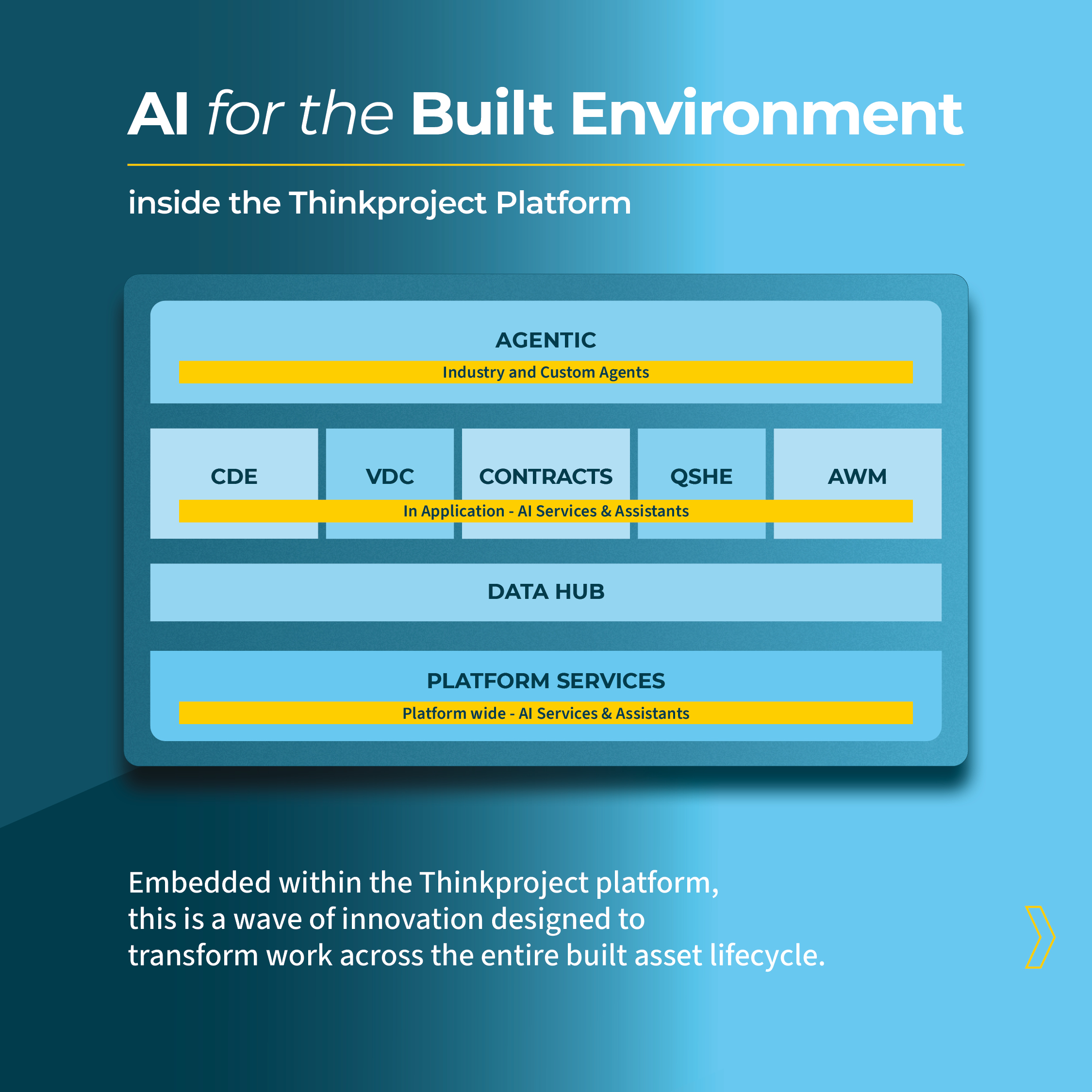
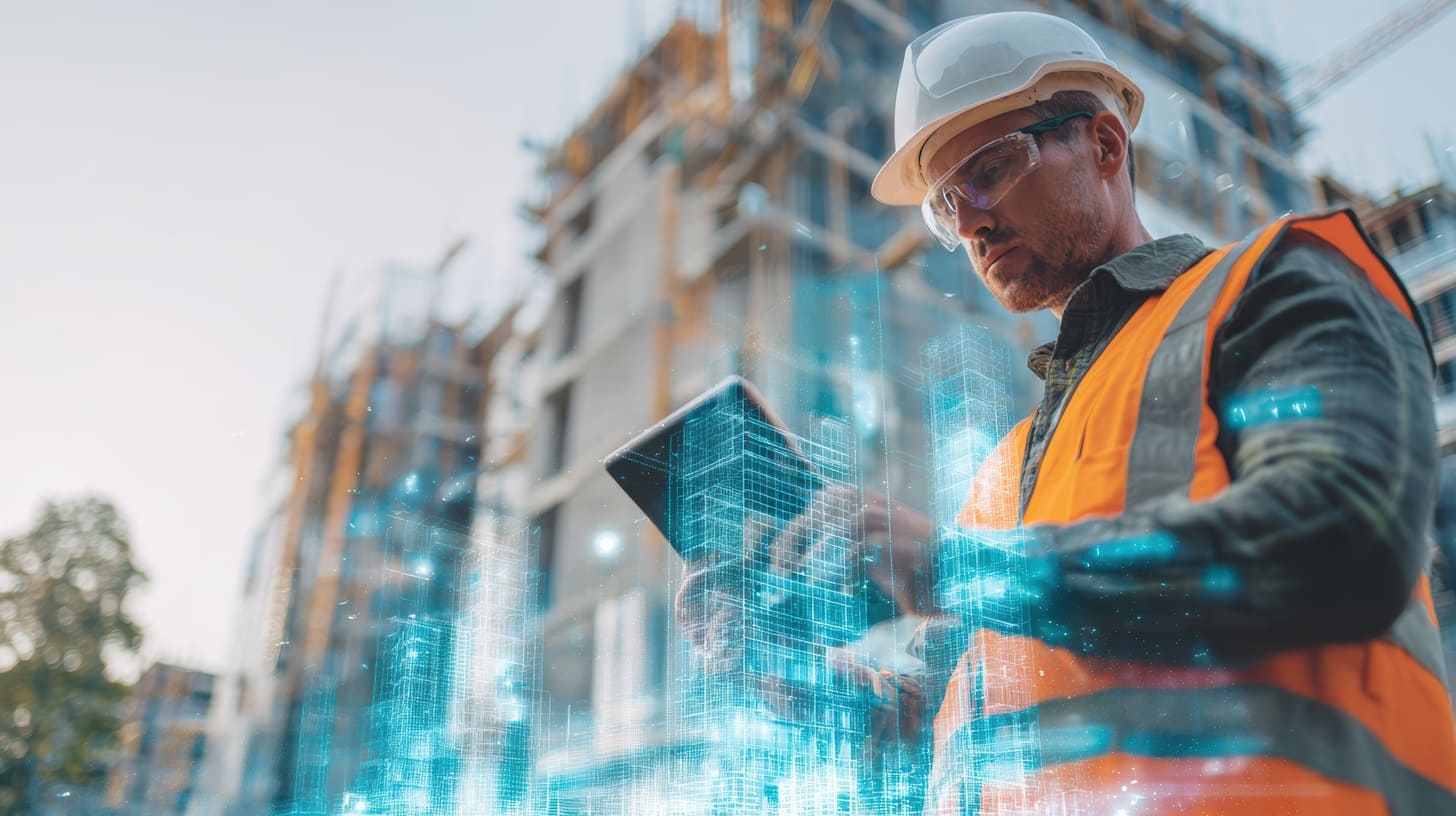
Thinkproject IQ: Custom AI in Construction Innovation Services
For enterprises seeking more than off-the-shelf adoption, we also offer Thinkproject IQ, an AI innovation service.
Thinkproject IQ is not software. It is a consulting-led service that co-creates custom agents with customers, identifies the highest-value use cases, and accelerates AI adoption on top of Thinkproject Agentic.
This is how leaders in construction can secure a strategic advantage, by moving beyond incremental gains and realising transformational outcomes.
Building the future of AI in construction and the built environment
The future of the built environment is not just about streamlining processes or saving costs, but about shaping spaces that are smarter, safer, and more sustainable. At Thinkproject, we believe this is more than a technological shift. It’s a cultural transformation.
The future of the built environment is about reshaping how projects are conceived, delivered, and operated. With AI embedded across the built asset lifecycle, you will be able to make better decisions earlier, manage risks proactively, and create assets that are more resilient and sustainable.
Learn how at thinkproject.com/ai or subscribe to our newsletter to be among the first to learn more about our AI developments.
Availability
The first Thinkproject.ai offerings will become available starting at the end of Q4 2025, with broader GA in H1 2026.
